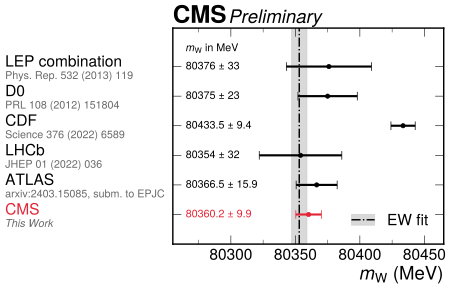That is where the Standard Model exists. The Standard Model, proposed in the 1970s, believes that fundamental particles are governed by four fundamental forces. In the Standard Model, stable matter in the universe is made of quarks and leptons of six particles each, in pairs, what physicists call “generations”. The most stable particles are the lightest and make up the first generation, while the second and third generations are heavier and less stable.(1) Those are governed by and governing four fundamental forces: the strong force, the weak force, the electromagnetic force, and the gravitational force.
Due to success both mathematically and in physics, the Standard Model is at least a well-tested physics theory, yet what about the Higgs boson that took popular culture by storm in 2012? What is Dark Matter? Is Dark Energy just science-fiction?
Experimental physics isn't like writing a paper showing how time travel could be possible in mathematics, it takes time, and until then a lot of questions remain. That's where ongoing experiments that take years to interpret come in.
The W boson is an elementary particle that, along with the Z boson, mediates the weak force that initiates the nuclear fusion reaction that powers the Sun. In the Standard Model, the W mass is related closely to the strength of the interaction unifying the electromagnetic and weak forces and to the masses of the Higgs boson and the top quark, which constrain its value to 80353 million electronvolts (MeV) within an uncertainty of 6 MeV. The W boson was discovered in the 1980s and measurements have gotten more precise since.

Measurements of the W boson mass across the years. Image: CMS/CERN
In 2022 the CDF experiment at the Large Hadron Collider measurement caused a crisis of confidence in the Standard Model. The CDF measurement of the W boson mass at 80433.5 MeV with an uncertainty of 9.4 MeV was not just different from other experimental results, it undermined the Standard Model prediction.
The CMS experiment has now weighed in, pardon the pun, with its first W boson mass measurement. The 80360.2 with an uncertainty of 9.9 MeV has a 0.01% precision comparable to the CDF measurement and is in line with all previous measurements ... except the CDF result.
NOTE:
(1) Six quarks in three generations - up and down quarks in the first, charm and strange in the second. top and beauty in the third. The six leptons are the electron and electron neutrino, the muon” and muon neutrino, and the tau” and tau neutrino. Unlike he electron, the muon and the tau, the neutrinos are electrically neutral and have very little mass.




Comments